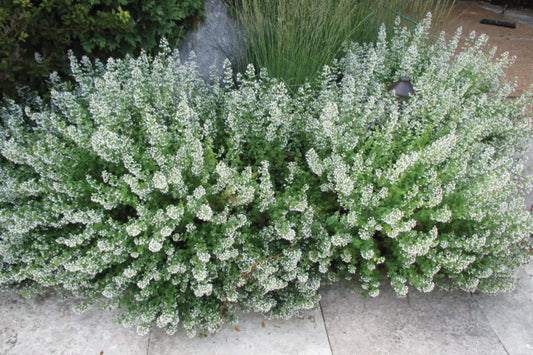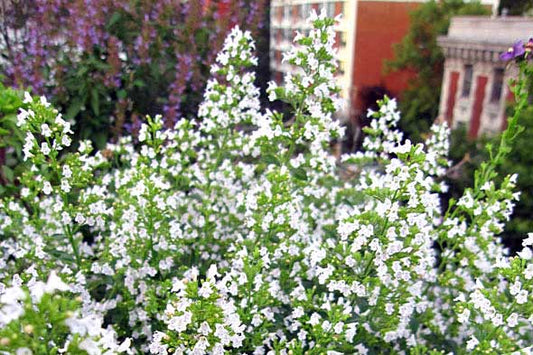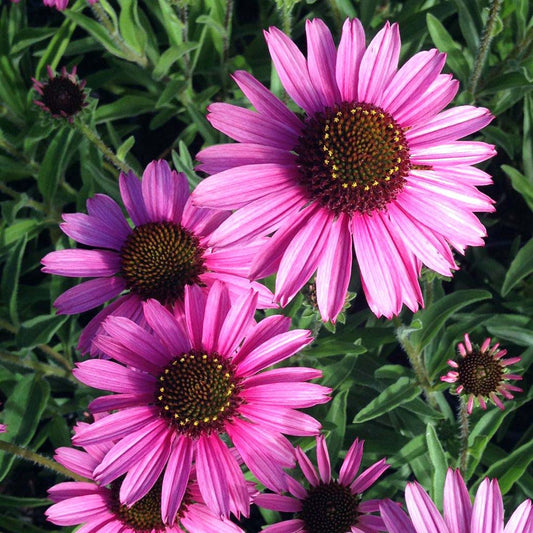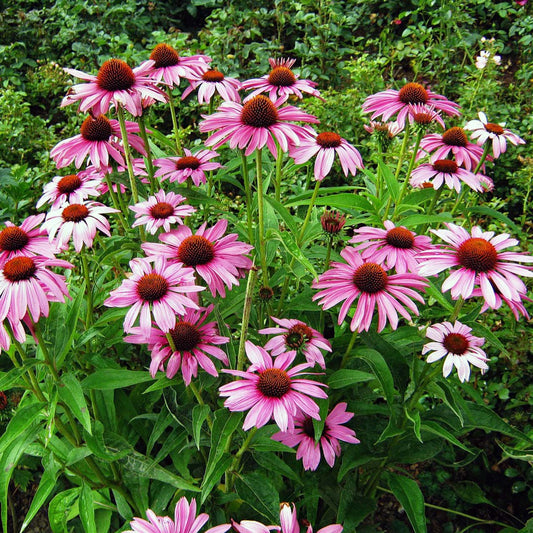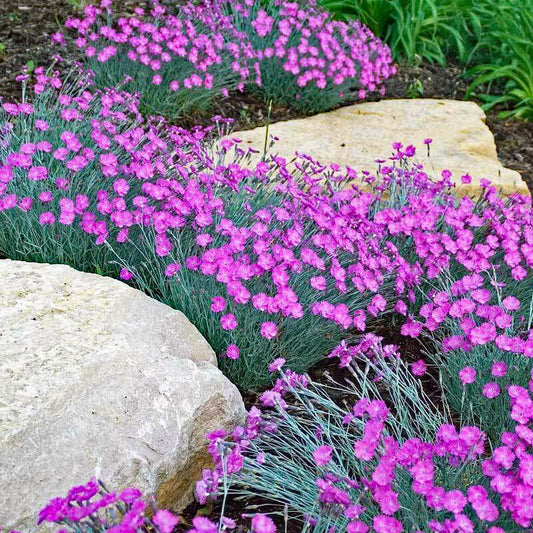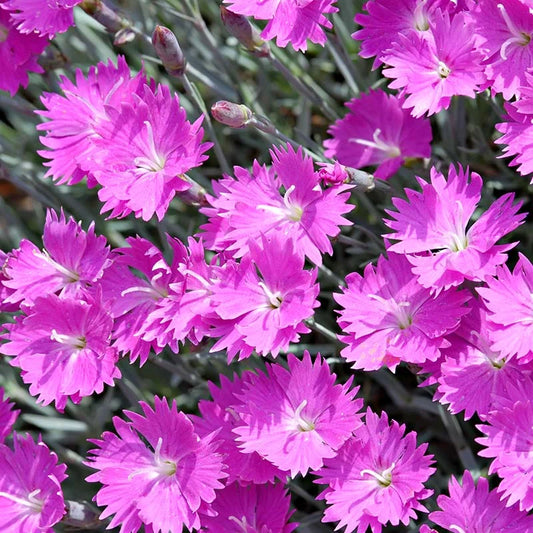Planting My PowerPlugs™
Received my PowerPlug™ and not sure what to do next?
For beginners in perennial gardening, receiving a shipment of dormant plugs in early spring may seem overwhelming.Prior to shipment, all flats are inspected to guarantee viable plugs for active growth. Dormancy can be influenced by genetics and environment. Perennials break at varying rates.
Nature sometimes humbles us, especially with late dormancy items that we hold back on shipping until they begin to grow. Rest assured, we guarantee that the plants we send will be healthy and true to their name.
Once you receive your plug shipment, you may choose to hold flats of dormant plugs in a cool greenhouse (around 45°F) until they break dormancy. Or, if it fits your production cycle better, go ahead and pot up those dormant plugs. With the right care, you shouldn’t have any trouble getting them to start up.
The most critical cultural factor with handling dormant plugs is moisture. Since they are not yet actively growing, the plants are not able to take up much moisture and will rot if kept too wet. The growing media should be on the drier side (level 2 on a scale of 1 to 5), but the plugs should not be allowed to dry out. Once they break dormancy and greenhouse temperatures begin to rise, moisture levels can be increased as the crop dictates.
A second important cultural factor is temperature. Our dormant perennial plugs were held in minimally heated greenhouses before they were shipped to you. Depending on the time of year, nighttime temperatures can come close to 32°F in our greenhouses. To allow the plants to come out of dormancy as naturally as possible, we try to mimic natural conditions as our outdoor temperatures slowly increase and spring arrives.
We understand that all growers have their own growing protocols and are working in different kinds of greenhouse environments. Our best advice is to warm dormant plugs up slowly to produce the healthiest, highest quality finished plants.
Lastly, it’s important to understand that dormant plugs do not require any fertilization. Sleeping plants don’t want to eat. Keep an eye out for bud development and crown growth. Once daytime temperatures begin to rise into the high 30s and 40s, then you’ll want to begin minimal fertilization on those actively growing plants. As the plants begin to root out, you can proceed with your regular fertilizer program.
-
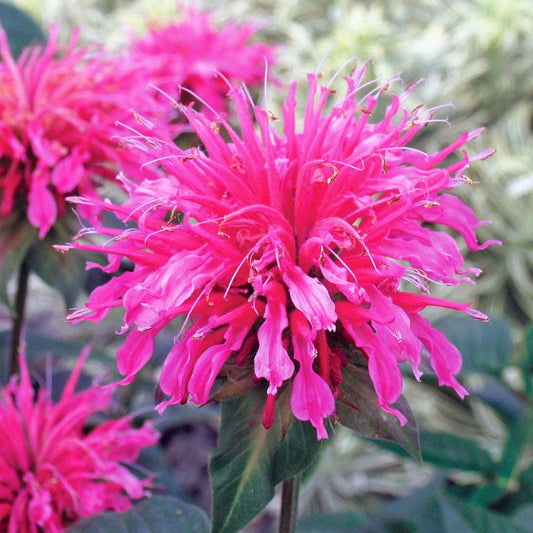
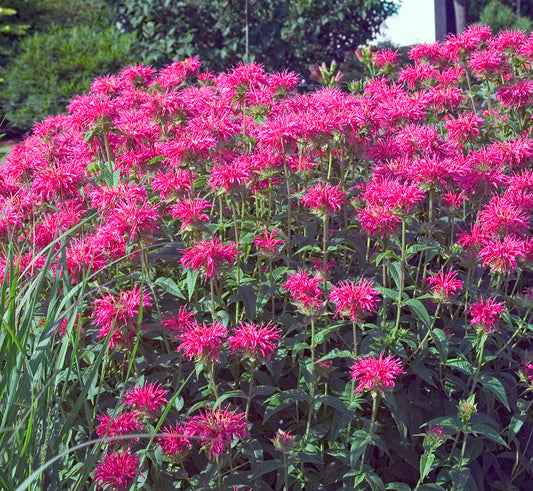 Sale
SaleMonarda 'Coral Reef'
Regular price From $7.99 USDRegular priceUnit price / per$78.75 USDSale price From $7.99 USDSale -
Calamintha 'Montrose White'
Regular price From $6.99 USDRegular priceUnit price / per -
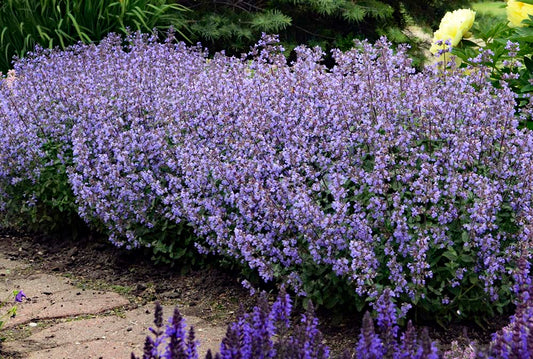
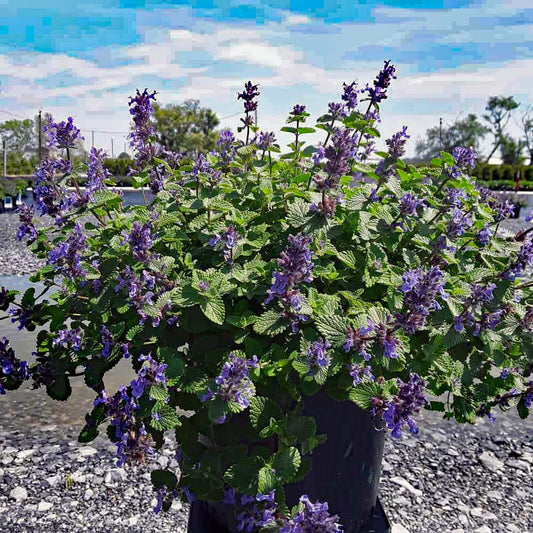 Sale
SaleNepeta 'Early Bird'
Regular price From $6.99 USDRegular priceUnit price / per$59.00 USDSale price From $6.99 USDSale -
Echinacea 'Pixie Meadowbrite'
Regular price From $8.99 USDRegular priceUnit price / per$209.70 USDSale price From $8.99 USDSale -
Dianthus 'Firewitch'
Regular price From $6.99 USDRegular priceUnit price / per


